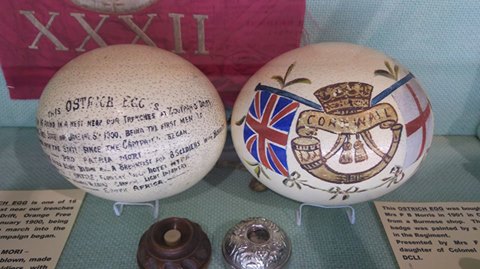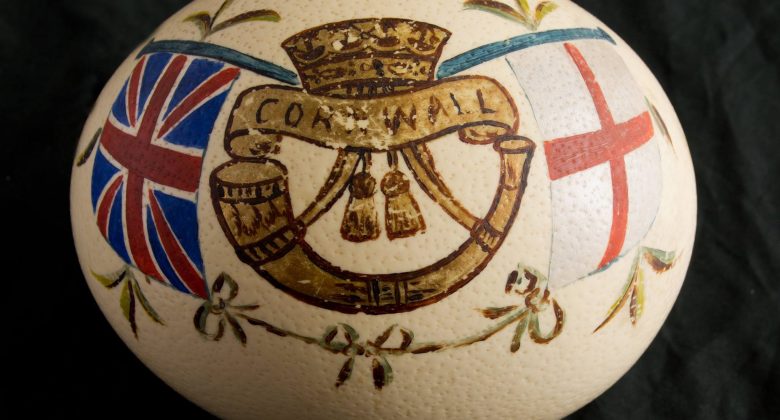The Boer War 1899 – 1902
The Boer War or the South African War dates from 1899 – 1902 and was fought between the British Empire and two independent Boer states, the South African Republic and the Orange Free State. The origins of the war were complex and stemmed from more than a century of conflict between the Boers and Britain’s imperial influence in South Africa.
Boers were roaming farmers who lived on the colony’s frontiers, moving regularly, to seek out better pastures for their livestock. The trigger of the war was the discovery in June 1884 of diamonds and gold in the Witwatersrand gold mines, in the Boer states.
The 2nd Battalion Duke of Cornwall’s Light Infantry were ordered to mobilise for South Africa on October 7th, 1899, and on the 17th October 523 reservists and 919 officers were ready to depart to the Cape from the Roya Albert Docks.
Initial Boer attacks were successful, and although British reinforcements later reversed these, the war continued for years with Boer guerrilla warfare, until harsh British countermeasures including a scorched earth policy brought the Boers to terms.
The Second Boer War – a war to preserve the empire, was costly for Great Britain and it strained political relations between the British and the Boers, who did not gain independence from the United Kingdom until 1961.
A Welcome Meal for Hungry British Soldiers
This pair of intricately painted ostrich eggs date from the Boer War, 1899-1902. They came from a bird native to areas of Africa and Asia Minor. As seen in the inscription, a lucky find of eggs provided a welcome nourishment for the Regiment between action. Where possible, local resources would have been used to fulfil the food needs and to supplement the soldiers rations. So, these eggs would certainly have been a welcome find for some hungry soldiers!
The egg painted with the verse was presented to the museum by Mrs A Brookes of Preston, Lancashire, whose father was Mr Spittle. Private Cooke gave him the egg on his return from the Boer War.

The hand painted inscriptions read:
‘This ostrich egg is one of 16 found in a nest near our trenches at Zoutpans Drift, Orange Free State on 5th January 1900, being the first men to march into the state since the campaign began.
– Pro Patria Mori –
This egg, after being blown, made a breakfast for 8 soldiers, with biscuits. Presented to A Spittle, Flowery Field Hotel – Hyde, from Private W Cooke – Cornwall Light Infantry.
– South Africa –‘
The egg with the hand painted badge of the DCLI was bought by Mrs P B Norris in 1901 from a Burmese shop in Ceylon (modern day Sri Lanka).
The DCLI badge was hand painted by a Sergeant in the regiment. This egg was presented to the museum by Mrs F C Neale, daughter of Colonel PB Norris, DCLI. It’s a mystery as to whether this is one of the 16 eggs found in Zoutpans Drift, or was a lucky find elsewhere.
These Ostrich eggs are part of the Boer War display in the museum.

